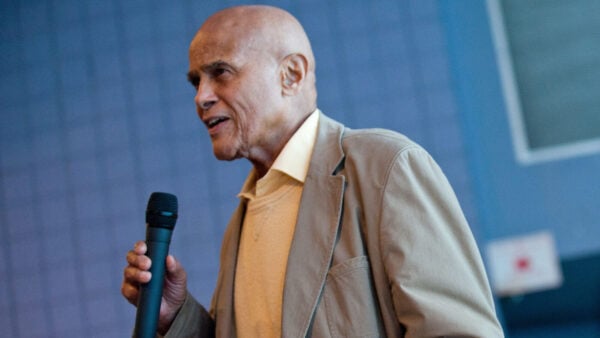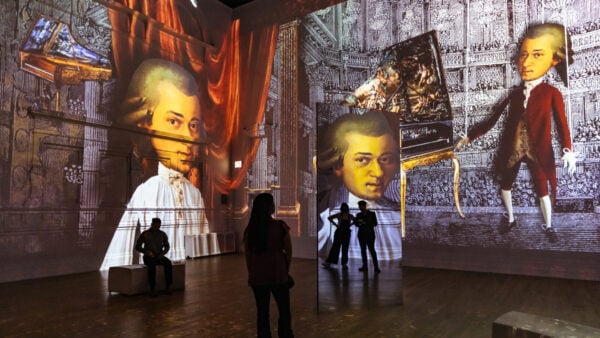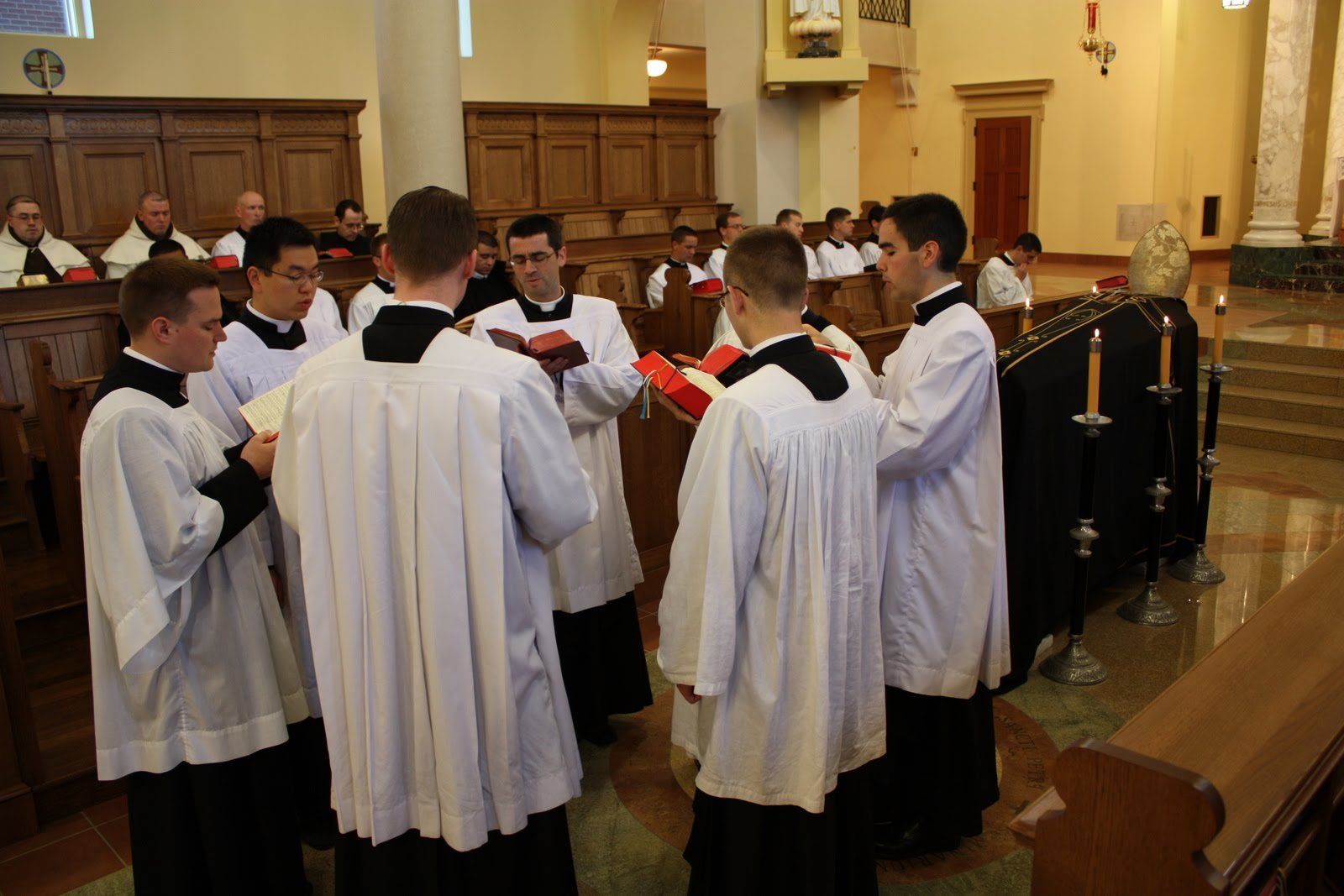
Members of the Fraternity of St. Peter singing a requiem in 2010 (Source: newliturgicalmovement.org)
Music can play a powerful role in remembering those we have lost. Among religious observances, the liturgical text of the Requiem Mass as set to music has been one of the most potent means to express mourning. More than 2,000 Requiem compositions have been written over the centuries — from medieval times to the present day — the most famous being those by Mozart, Verdi, and Fauré.
Requiem is a new album by the Fraternity that explores the Requiem’s earliest years when it was sung to Gregorian chant, the unaccompanied sacred song of the Roman Catholic Church which developed during the 9th and 10th centuries. The long tradition of singing chant continues today through the work of the Priestly Fraternity of St. Peter, an international community founded in 1988 with the mission of preserving the worship and music traditions of the Catholic Church. The Fraternity includes some of today’s most skilled and committed singers of Gregorian chant.
Father Garrick Huang is co-music director of the Fraternity and he explains that the musical origins of the Requiem are shrouded in mystery: “We don’t have the precise moment when all the music was composed, and the composers themselves are anonymous. We have a certain heritage and tradition being passed down, even prior to musical notation being invented or used in a wide way.”
As later composers went on to write their own settings of the Requiem text, they were still informed by the ancient chant. Mozart, Verdi, and Fauré would have heard these melodies throughout their lives whenever they attended a funeral, sharing in a common musical tradition. Father Zachary Akers, director of the Fraternity, says, “Mozart was inspired by the somber beauty and unadorned profundity of Gregorian chant, taking it as an emotional aesthetic standard.”
Despite its importance in music history, chant is foremost a form of prayer. Father Huang says, for monks, it is never enough to simply recite the sacred texts: “We sing them because it has always been part of human nature to express the gamut of emotions in song. The Requiem chant is not a performance for us. We say that we ‘sing’ the Requiem, but it’s more that we’re ‘praying’ the Requiem.”
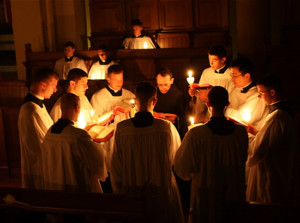
Brothers of the Fraternity of Saint Peter sing Gregorian chants in a circle. (Photo: FSSP.com)
To foster the feeling of unity in prayer, the Fraternity uses the very old custom of singing in a circle, including on their recording. Father Akers leads the “schola,” or choir, and he says this configuration allows for greater communication between the singers, keeping the focus on the music and one another. He says it also creates what he calls a “regard upwards,” using the acoustics of the sacred space to lift the prayer higher.
Singing in a circle also fosters unity of sound. Gregorian chant is different from later styles of choral music in that there aren’t multiple vocal lines. All the voices sing the same notes. Father Huang says, “We’re looking for a different type of unity – of execution and of sound. We don’t have soloists who want to have their voice stand out. Everything has to blend.”
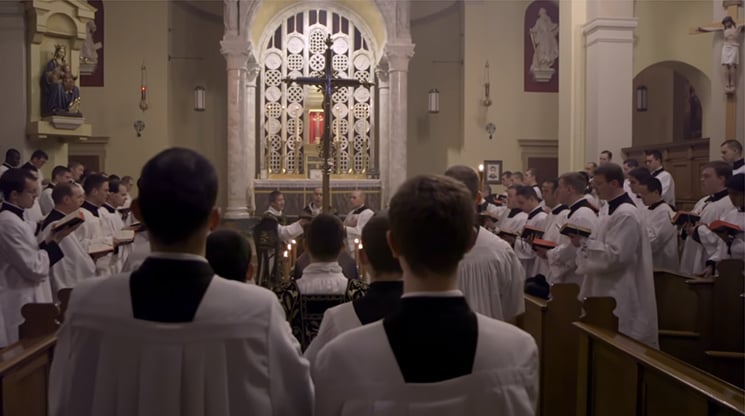
The Priestly Fraternity of St. Peter at Our Lady of Guadalupe, Denton,
Nebraska (Source: YouTube)
Fathers Huang and Akers acknowledge that listeners to the Fraternity’s album may be struck by the peacefulness and repose of the music for a service expressing mourning and grief. As they explain, the text of the Mass begins with the words “Requiem aeternam dona eis” (Grant them eternal rest), which are meant to provide solace and hope to the living. Through the power of the music, the words are transformed into a meditation on the cycle of life.
Father Huang says: “We look at death not only as an end but also as an achievement – where the person now can find rest from the labors of the day, the labors of their entire life. That’s why the music was very much written in a way that would not just capture that aspect of loss and sadness but also of achievement, rest, hope, joy, even happiness. It really captures the human experience of death.”





